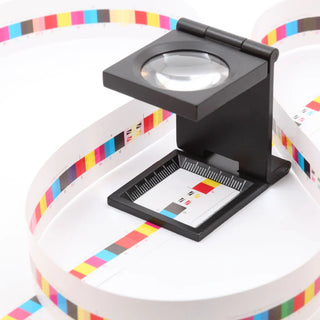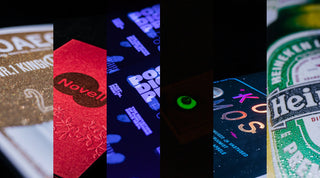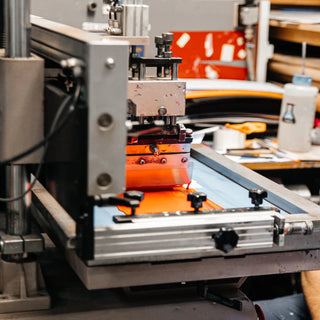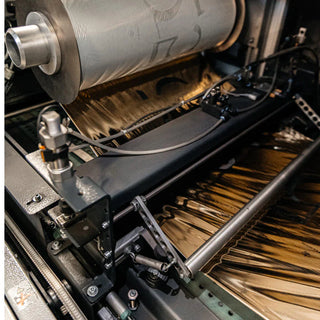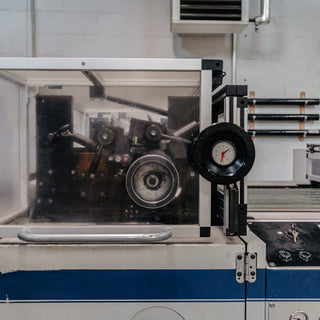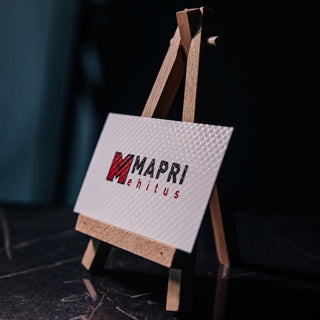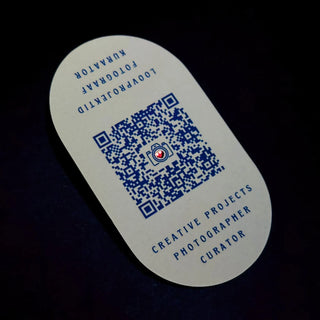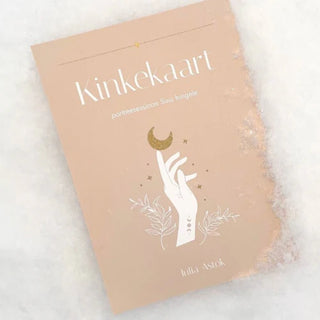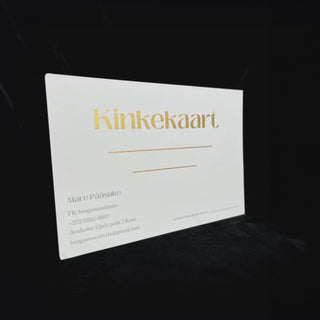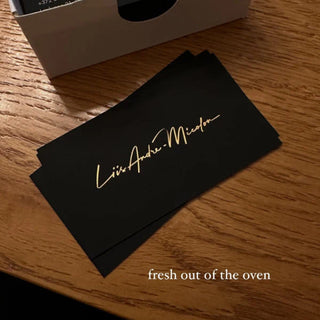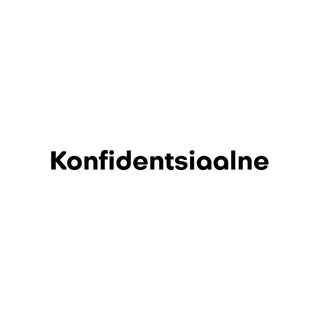It's easier for us to plan ordering our business cards when we know exactly what information would be sensible to place on the card and what wouldn't.
Now that you've familiarized yourself with our previous blogs covering business card design and material, and marketing needs, in this blog we can successfully address the content or information side of the business card.
Briefly, if you've gone through the previous blogs and done everything to ensure that the business card you give at your first meeting has been so successful thanks to memorable design and distinctive material choices and marketing solutions that the card recipient has remembered you and even visited your website(s) for additional information.
And from here on, the following is listed as basic information that should necessarily be found on an average business card:
- Company, country, or organization logo
- Institution, organization, company name
- Brief activity overview, tagline or advertising slogan
- Card owner's name and job title (position)
- Contact details: address(es), phone numbers, email(s)
- Social media channel contact addresses
- QR code that leads to desired extended information, homepage, e-shop, landing page, etc.
Company, country, or organization logo
A logo is a designer-aided visualized statement about what your organization does or stands for. It should be a symbolic element that makes you memorable to your partners or clients. If the logo is created correctly, it leaves a trustworthy, professional impression of your enterprise.
The logo should be presented proudly on the card, leaving enough space or blank area around it for solid presentation, so that other information doesn't clutter its presentation.
Institution, organization, company name
Despite the fact that the logo on the card should carry sufficient organizational identity and field of activity, the card should definitely have its full name. In short, the full name, not abbreviations. And this is crucial in a world where the latest generation doesn't bother to communicate at length, communicating only in abbreviations.
A business card is definitely not the place to communicate in abbreviations. In summary, the organization and your name should be the most emphasized details on the business card both graphically and in size, after the logo.
Brief activity overview, tagline or advertising slogan
Especially if you have a slogan or company (brand/product) tagline or advertising phrase, its place would definitely be on the business card at a solid distance from the logo or organization name.
For example, Coca Cola's slogan -- Always Coca Cola
If the above is missing and especially if it's a new institution, you should boldly display instead a concentrated text/sentence that describes your main activity, service, or offered benefit.
For example, for a gardening company -- Everything you need for gardening can be found here.
Card owner's name and job title (position)
Completely logical and the most important part of the card is your full name (including additional names if any) and job title/position. As already mentioned, the organization name and your name are the most important information on the card.
Additionally, it depends on which country or cultural region you operate in. In many (for example, Scandinavia) it's important to also display your photo in the way that's currently common in social media and for example Gmail environment.
Contact details: address(es), phone numbers, emails
It's hard to add anything to this heading, because this part of the business card should contain both physical and internet "address" -- email address(es), phone number(s).
Social media channel contact addresses
If you're active on social media channels, this would be the place to highlight the most important and representative, which is usually Instagram or X. There's no problem if you add others, but it's not good practice to add more than 3, and unless you're a TikToker by profession, TikTok accounts are usually not displayed.
QR code that leads to desired extended information, homepage, e-shop, landing page, etc.
Especially if your business card tends to become overloaded with information important to you, a helper called QR code is appropriate, which allows you to place more extensive information on a landing page online. Not to mention the possibilities we discuss in separate marketing blogs, where this code can direct to flyer-like information or e-shop or homepage.
PRACTICAL PRINTING INFORMATION
At this point, it's sensible to recall the blog where we talk about card design and printing, that when the card is ready, before sending it to print, make sure that:
- Your business card has a bleed of 3-5 mm, especially if the design runs to the edges of the card
- If the card is double-sided -- the sides should technically match (text and design should be on the same line on both front and back)
- The card has cutting lines that also align on both sides of the card
- The card meets this label requirement -- the card is easily readable without glasses or magnifying glass. I.e., card readability hasn't been sacrificed for its design or amount of information, which makes texts so small they're hard to read.
BEFORE SENDING THE CARD TO PRINT, TEST IT AS A PRINTOUT FROM A PRINTER ON THE POSSIBLE TARGET GROUP (CLIENT/COOPERATION PARTNER):
- What's the first thing they notice versus what you'd like them to notice
- Is it easily understandable what services, products my company offers?
- Is it easy to contact me -- find contacts?
- Do the logo and text come out well and readably?
If the answer is yes, your business card is ready for printing!
Be sure to familiarize yourself with our other blogs and vlogs on this journey to get the best result!
